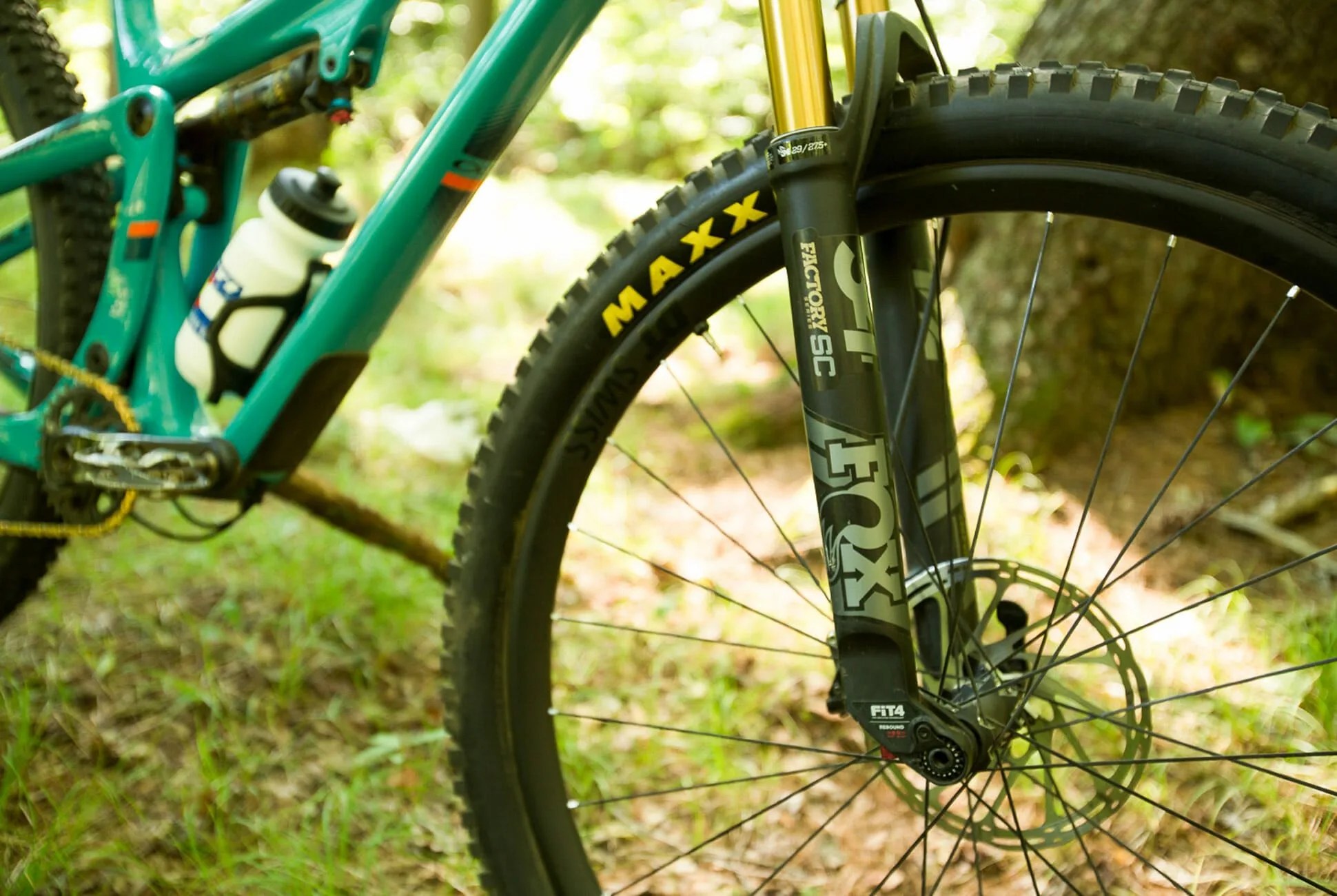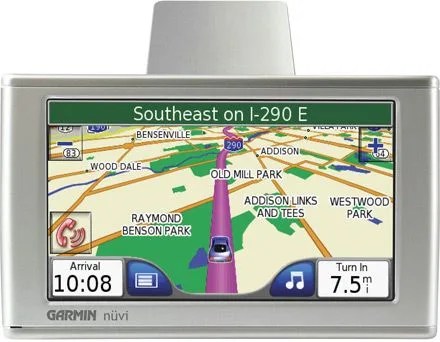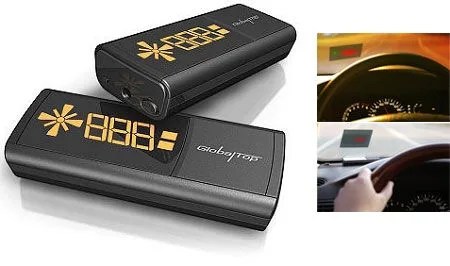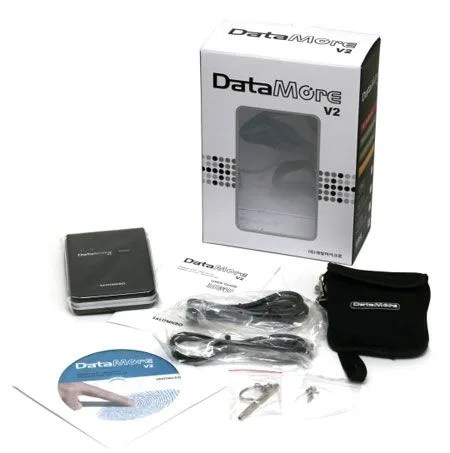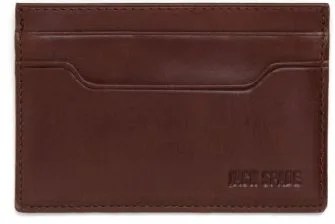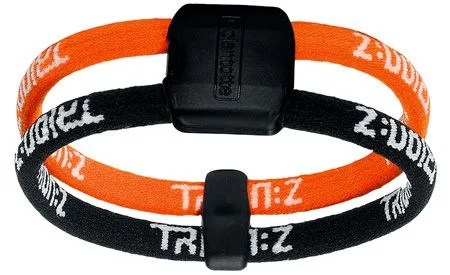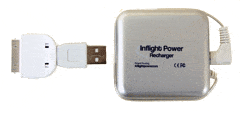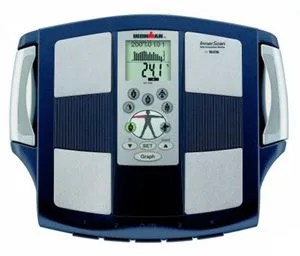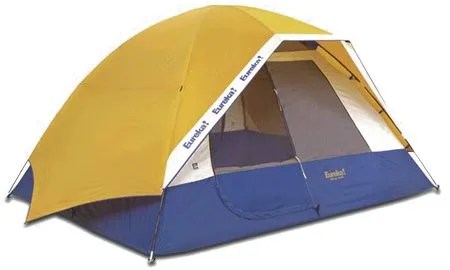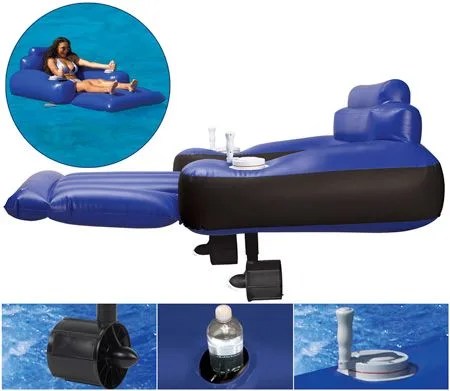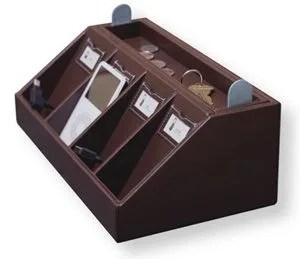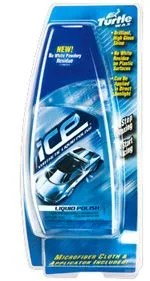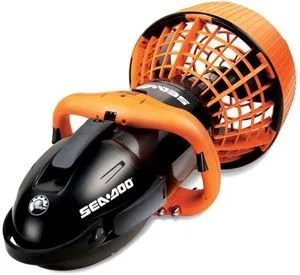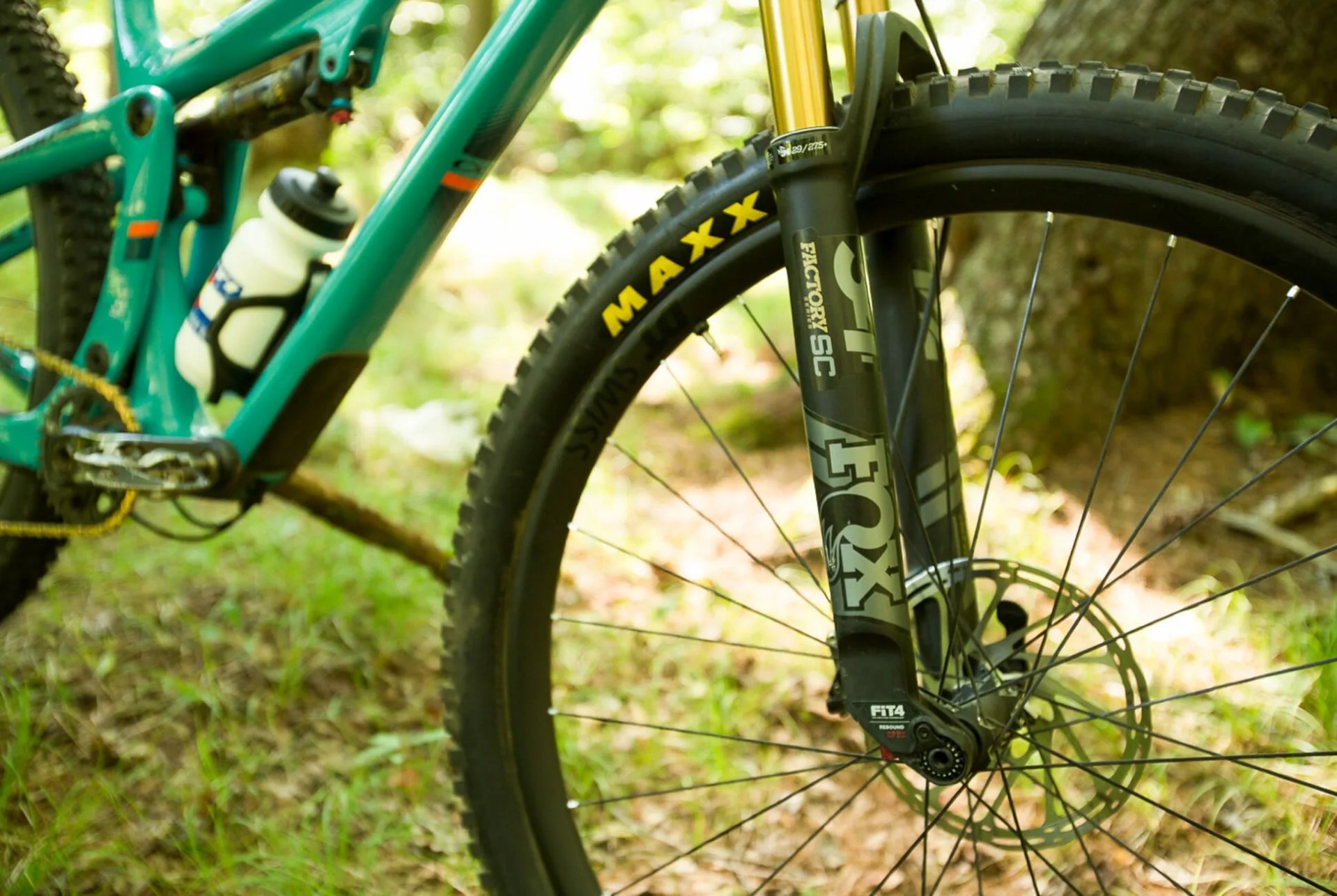Colorado-based Yeti Cycles has updated nearly every bike in its line in the past several years with a new suspension platform called Switch Infinity. It provides Yeti’s bikes with an extremely stable pedaling platform, which means you don’t bob around wasting energy on the climbs — the suspension supports you. On the downhills, the suspension feels bottomless, like you’ll never use it all. The Switch Infinity platform looks a lot like a secondary shock, but works more like an extra pivot point that adjusts the rear wheel’s path of travel as you use the bike’s suspension.
The only bike Yeti hadn’t updated with this new platform was its short-travel, cross-country oriented ASR. So when they announced the new Yeti SB100 this spring, a 100mm travel bike with a new version of Switch Infinity (and a likely replacement for the ASR), I couldn’t wait to get one out on the trail. I received the bike in April, and have since ridden it daily, in a variety of conditions including kitty litter desert in Baja, Mexico, rooty, rocky and often wet Vermont trails, and epic gravel climbs and technical descents of Pisgah, North Carolina.
The Good: If you love riding, and think that five hours in the saddle is a good start, this is the bike for you. It’s designed to make the miles fly by while giving you everything you need to tackle gnarly descents anywhere on the planet. The SB100 climbs like a hardtail and descends like a trail bike. Like all Yeti bikes, the SB100 is built for people who love to ride uphill and downhill. According to Yeti President Chris Conroy, the design challenge Yeti posed when it set out to develop a new short travel bike was, “How capable can we make it?” The answer? Very. The SB100, affectionately dubbed the “Hundo,” comes with 2.3-inch Maxxis tires (a beefy Minion DHF up front and an Aggressor in back) that grip in all conditions. It’s a welcome departure from the ultralight tires that come standard on many other bikes (some companies put on ultralight tires to keep the bike’s catalog weight down). Yeti specs the bike with a 760mm wide handlebar and a 180mm front brake rotor, because Yeti expects riders to push this bike to its limits. And, for the first time on a Switch Infinity bike, there is space for a water bottle inside the front triangle instead of underneath it.
The frame geometry, which uses an uninterrupted seat tube, lets riders run a longer seat post than on other Yeti bikes. This helps make the Hundo more adept than you’d expect in technical descents. So, while I’d run a 125mm dropper post on other size medium Yetis, on the SB100 I could run a 150mm dropper. Even with only 100mm of travel in the rear, the suspension has a relatively bottomless feel. That’s thanks to the Switch Infinity platform, which Yeti redesigned in the SB100, making it smaller and lighter and moving it from an exposed position at the bottom of the seat tube to under a cover behind the seat tube.
Who It’s For: If your top priority is riding the lightest bike available, take a hard pass on the Hundo. If you want a bike that rockets up climbs, and that rides downhill with cohones not belied by its specs, this one is for you.
